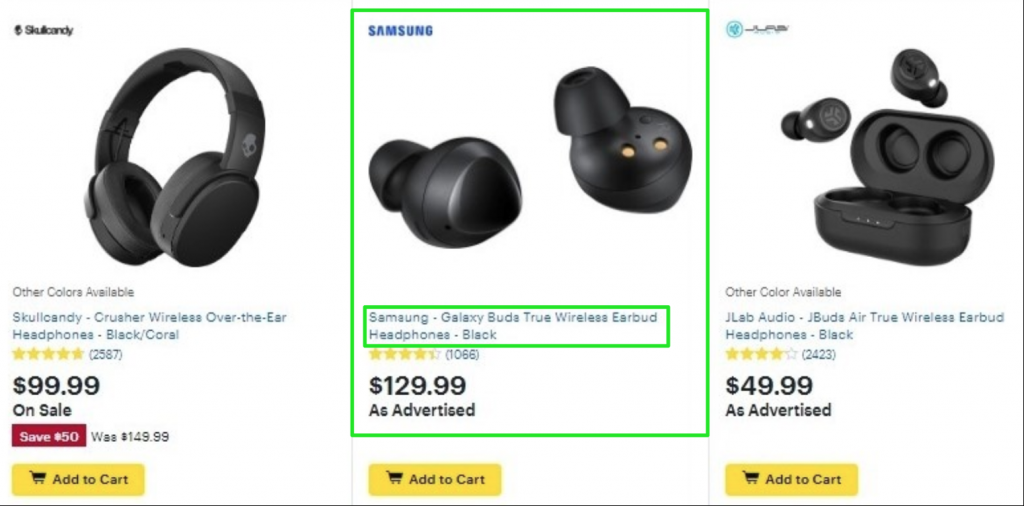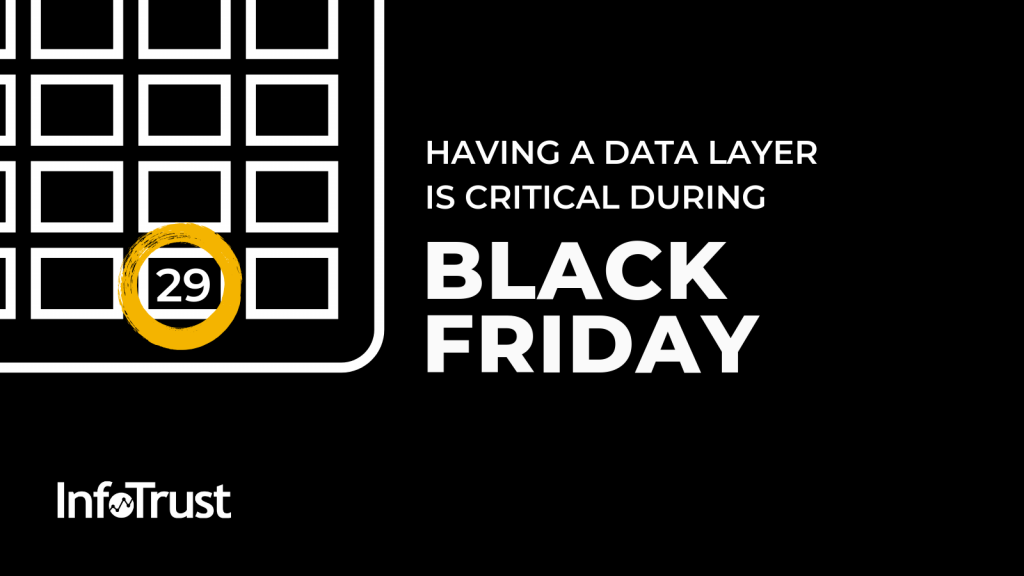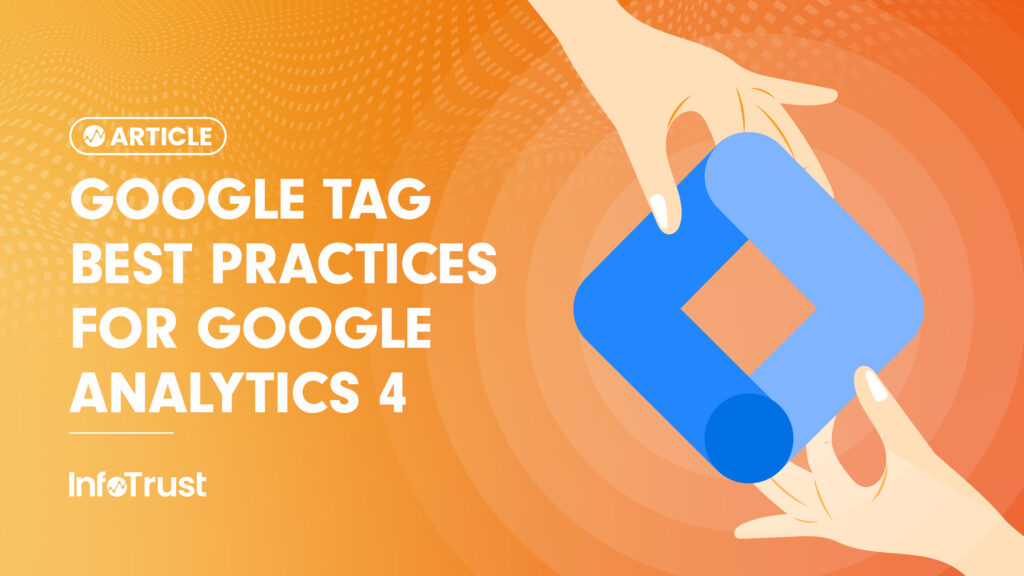Black Friday and Cyber Monday annually present marketers with ample eCommerce insights, as high traffic and large purchase volumes offer rich customer data for robust analysis. However, launching great campaigns is just half the battle. You must also ensure those campaigns work well, which is a challenge eCommerce analysts face leading up to the holiday season (and, in reality, all year round), as they try to:
- Collect accurate and consistent data across all marketing platforms;
- Make data-driven decisions through actionable insights in a timely manner, and;
- Justify the extra investment for development work to capture data.
The first two bullets above can be addressed via a single solution: a data layer.
A data layer ensures uniform data collection by putting all of your data points in a single “bucket,” so all of your tracking tags can share the same data and attributes about your page and products. A more technical definition for the data layer by Google is: A data layer is a JavaScript object that is used to pass information from your website to your Tag Manager container. You can then use that information to populate variables and activate triggers in your tag configurations.
BLACK FRIDAY IS COMING
A Data Layer is Crucial for Accurate Insights
With expanded marketing budgets often implemented during Black Friday weekend (and possibly even a week or two before), you may add new channels and advertising platforms, sending more marketing emails and increasing your spend on paid search and social ads. All of this traffic will likely be sent to new landing pages that are specific to your site’s Black Friday offers; and with each advertising platform you add, there’s probably a tracking pixel that collects customer behavior and conversion details within your site.
Collecting this data accurately to provide actionable insights requires a good infrastructure. Ideally, you don’t want eCommerce and engagement data to be tracked differently in each platform. An example of this is shown below (see the highlighted $129.99 product on the Best Buy Black Friday 2018 ad) and the different ways it can be tracked.

An eCommerce analyst may end up with these different variations of product name as a “conversion” item when the product was clicked or added to cart on the Black Friday ad, with each platform getting a different version based on how the data capture was designed when implementing the pixel:
Facebook Pixel Product Name: Samsung - Galaxy Buds True Wireless Earbud Headphones - Black
Krux Pixel Product Name: Galaxy Buds True Wireless Earbud Headphones - Black
Floodlight Pixel Product Name: Galaxy Buds True Wireless Earbud Headphones
GoogleAds Pixel Product Name: Samsung - Galaxy Buds True Wireless Earbud Headphones
Most analysts won’t enjoy combining results or doing roll-up reporting for the results above, and by the time he/she does, it will be too late to use them for optimizing a running campaign during the Black Friday weekend window.
Now, what if there was a data layer on this Black Friday ad page? In this scenario, all the pixels would only have a single source for the product data: the data layer. The marketing and engineering teams would discuss a standard for the product name and other detail structure; and maybe decided to keep brand name as part of the product name, but move it to the end with square brackets (see the dataLayer below).
[Insert Any Pixel] Product Name: Galaxy Buds True Wireless Earbud Headphones [Samsung]Product Price: 129.99
Variation: Black
Isn’t it nice to see the same name across all channels? And be able to slice and dice by brand and color based on details and discussions that happened before the campaigns started? In addition, if you added a new advertising platform mid-season, there would be no need for a new discussion on how to track the product name with your vendor—it’s already been studied, decided upon, and readily-available for tracking.
When the holidays are over and your data scientists are looking for consumer insights, they won’t waste their time with data cleansing.
Build the Case for Better Analytics
Black Friday ads or landing pages may not be integrated within your website eCommerce catalog or PLP (Product Listing Page) templates, and your developers may argue that this page only lives for a week, so why bother building a data layer and all the logic? “Just use Javascript snippets and workarounds to capture the data from the page content into analytics and marketing pixels,” they quip.
While this may sound like a quick and easy solution, use this scenario as an opportunity to build better analytics!
Engineering a data layer may sound like an additional effort, but it’s a good investment that will pay off quickly for you and your developers. Here’s how:
- Using Javascript to grab data from HTML for each data point will cost more in terms of page load and performance. Nobody likes to wait during Black Friday!
- If engineered correctly, the data layer can be reused in the New Year and Valentine’s Day seasons very soon! It’s well worth the investment. Without a data layer, you will probably need to re-do the Javascript snippets, as they heavily depend on page formats, which will surely change with each season.
- Troubleshooting problems with your data will be much easier and more efficient, as you will have full control over the data layer; whereas with Javascript snippets capturing data from formatted content, there’s a risk of data not being captured in some browsers, as they continuously change and render content differently on each device. And by the time you find the problem and allocate a developer to fix it, Black Friday is over.
Your Next Steps as Black Friday Approaches
Consumer insights don’t just jump out of data; to extract meaningful insights, you need to apply a systematic process for data extraction and verify data quality. The data layer provides a reliable and flexible data source that helps you generate consistent results across all vendor platforms.
Another way to ensure consistent reporting during heavy campaign periods is taking the time to standardize campaign tracking across all channels via UTM parameters and auto-integrations; many marketing platforms have auto-tagging features or ready integrations with your analytics solution. Having uniform campaign parameters enables cross-channel analysis at the campaign level and helps streamline your reporting to compare the results to see where your marketing is most effective.
Of course, it goes without saying that it’s imperative to test the new data layer and campaign tagging, and ensure your analytics, marketing pixels/tags are working, before Black Friday.












